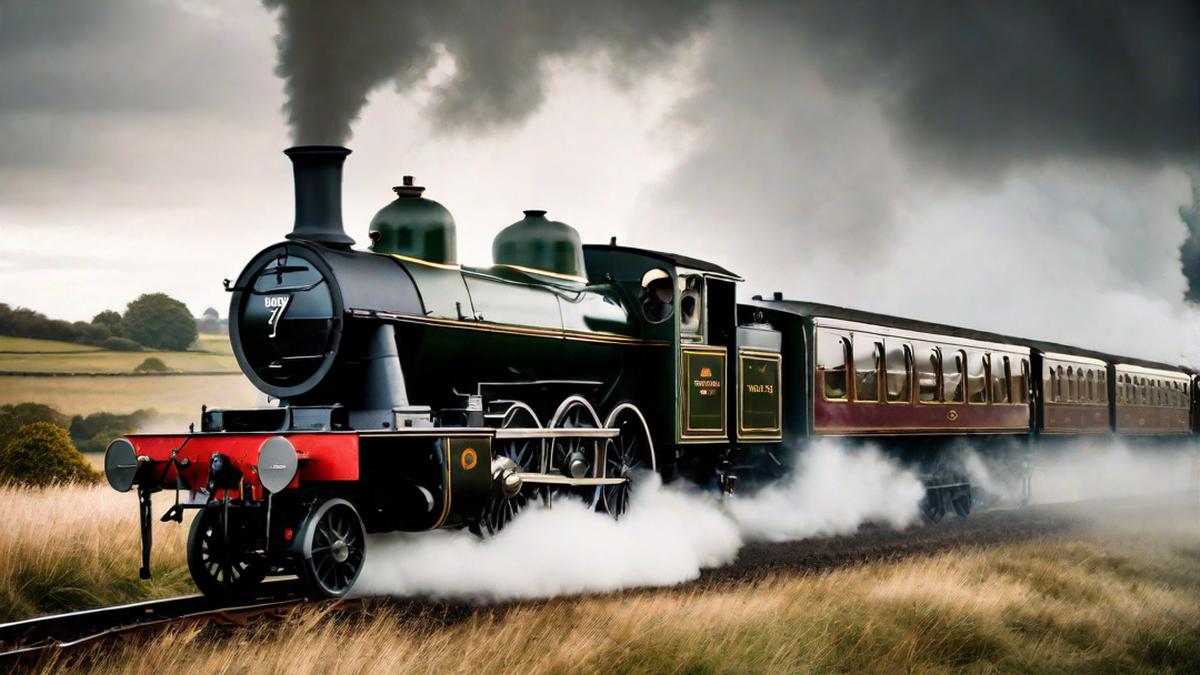In the United Kingdom, the era of steam trains is a cherished part of the nation’s history, evoking a sense of nostalgia and wonder. As a passionate enthusiast of railway history, I have always been captivated by the grandeur and romance of steam locomotives, and the impact they had on shaping the country’s transportation system. Join me on a journey through time as we explore the fascinating story of when steam trains ceased operation in the UK.
The Golden Age of Steam
The mesmerizing sight of billowing smoke and the rhythmic chugging of steam engines once dominated the UK’s railways, playing a pivotal role in the Industrial Revolution and connecting towns and cities across the nation. The 19th and early 20th centuries marked the apex of steam locomotive innovation and expansion, with iconic locomotives such as the Flying Scotsman and the Mallard achieving legendary status.
The Decline and Transition
As the mid-20th century progressed, the rise of diesel and electric trains signaled the inevitable decline of steam power. The economic and practical advantages of these newer technologies ultimately led to the phasing out of steam locomotives from regular service on the UK’s railways. However, their legacy continues to thrive through preservation societies and heritage railways, where enthusiasts and visitors can experience the magic of steam firsthand.
The End of an Era
It was on August 11, 1968, that the final scheduled British Rail steam service, hauled by the iconic locomotive “Evening Star,” made its historic journey, marking the poignant end of an illustrious era. The event, known as the Fifteen Guinea Special, drew crowds of enthusiasts and spectators, symbolizing the deep affection and reverence the nation held for steam trains.
Legacy and Revival
Despite the transition to modern railway technology, the allure of steam locomotives remains as potent as ever. Preservation societies and heritage lines across the UK diligently maintain and operate lovingly restored steam engines, offering unique opportunities for individuals to relive the bygone age of steam travel. The distinctive sound of the whistle, the aroma of coal smoke, and the nostalgic ambiance of a steam-hauled journey continue to captivate new generations of enthusiasts.
Conclusion
The legacy of steam trains in the UK endures as a testament to the nation’s industrial heritage and the enduring appeal of vintage transportation. While the regular operation of steam trains may have ceased, their spirit lives on through preservation efforts and the unwavering passion of enthusiasts. As I reflect on the profound impact of steam locomotives on the UK’s history, I am reminded that the magic of steam will forever hold a special place in the hearts of railway aficionados and romantics alike.

